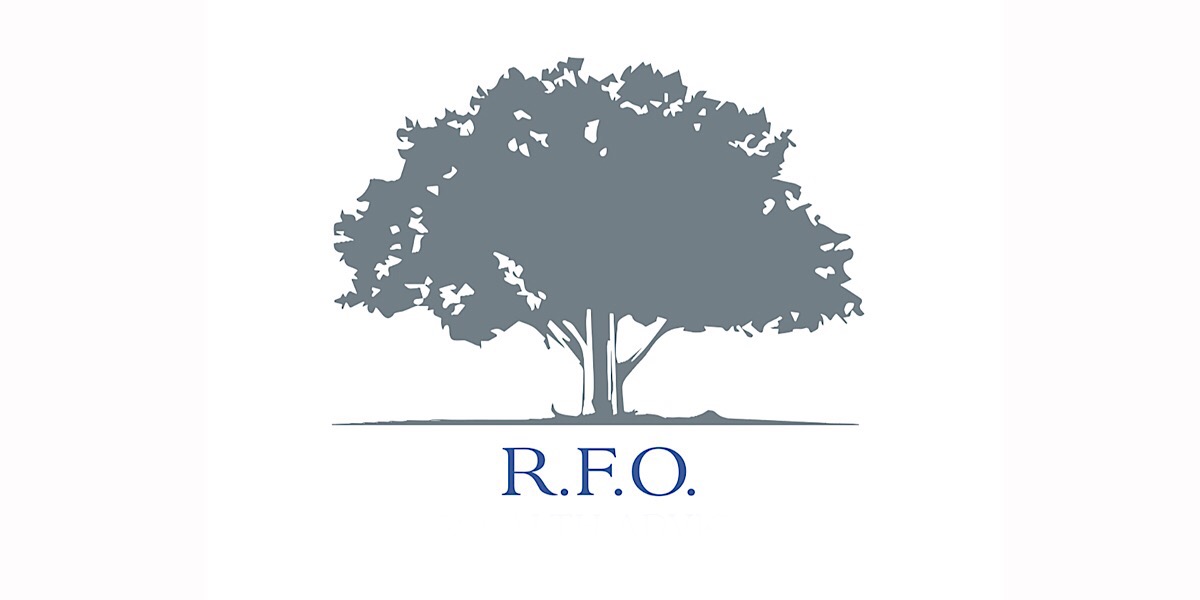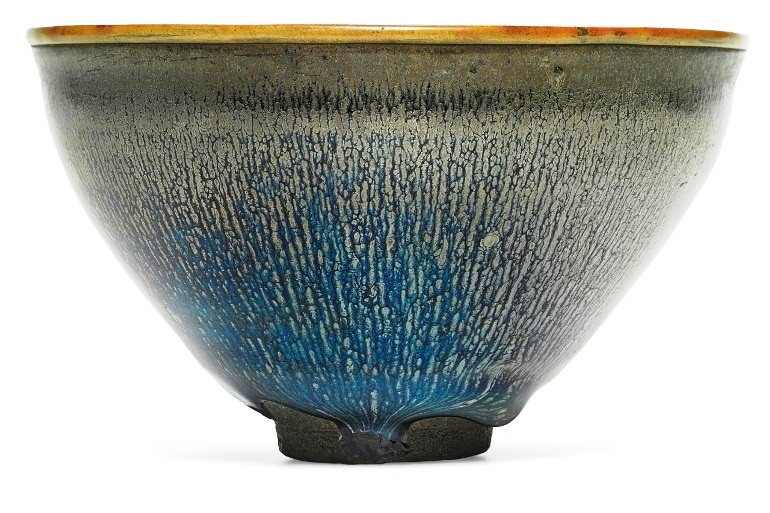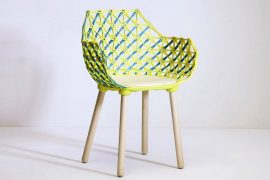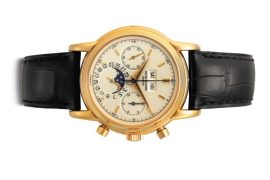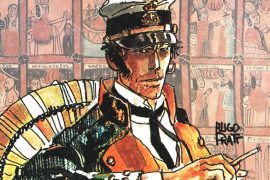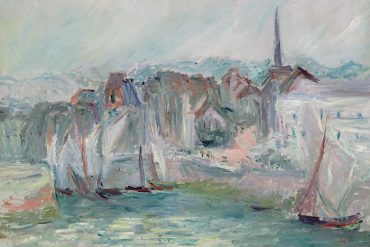We are delighted to announce our autumn sales series taking place on 9 November during the annual Asian Art event in London. Fine imperial ceramics, gilt-bronze figures, paintings and expertly crafted works of art feature in our Important Chinese Art sale, alongside notable single owner collections that are fresh to the market.
SALE TOTAL 5,177,188GBP
27.8 cm, 11 in. Estimate 120,000 — 150,000 GBP LOT SOLD. 293,000 GBP.
Quantity: 3 12.2 cm, 4 7/8 in.
Quantity: 2 45 cm, 17 3/4 in.
QIANLONG MARKS AND PERIOD
Quantity: 4 – 37 cm, 14 1/2 in. Estimate 200,000 — 300,000.
PROVENANCE
An East Coast Private Collection, purchased from Japan in the late 1960s (by repute). Ralph M. Chait Galleries, New York.
Striking for their large and finely executed design, this pair of vases belong to a rare group of altar wares commissioned by the Qianlong Emperor to furnish the many shrines, temples and ritual spaces within the compounds of the Imperial palaces. Made from the finest materials, including cloisonné enamel, bronze and porcelain, these vases were often placed in front of altars as part of a five-piece altar set (wugong), which typically comprised an incense burner flanked by two candleholders and vases. Each piece of the garniture played an essential part within the altar: vases such as the present pair were meant to hold flowers, which were offered both for their beauty as well as reminders of impermanence; the light from the flame of the candles represented the offering of light to dispel the darkness of ignorance; and the censer at the centre, on the other hand, was used to hold incense that was not only meant to fill the room with fragrance but also to carry prayers skyward.
A closely related vase, from the collection of the Asian Art Museum of San Francisco, was sold in our New York rooms, 17th/18th October 1974, lot 527; and another was sold in our Hong Kong rooms, 3rd May 1994, lot 232. A smaller example in the Nanjing Museum, Nanjing, was included in the exhibition Qing Imperial Porcelain of the Kangxi, Yongzheng and Qianlong Reigns, Art Gallery, The Chinese University of Hong Kong, Hong Kong, 1995, cat. no. 95; another was sold in our Hong Kong rooms, 9th October 2007, lot 1511; and a pair was sold in these rooms, 8th June 1993, lot 94.
Famille-rose vases of this type are also known with a variety a coloured grounds; a coral ground example was sold in our Hong Kong rooms, 8th October 2006, lot 1123, another was sold in these rooms, 10th November 2004, lot 666; a ruby-ground version in the Tu Huo Zhai Museum, Hangzhou, was included in the exhibition Treasures of Imperial Porcelain, Zhejiang Provincial Museum, Hangzhou, 2001, cat. no. 130; another was sold in our Hong Kong rooms, 1st June 2015, lot 676; a pair of pink-ground vases was sold in these rooms, 11th June 1991, lot 218, and again at Christie’s Hong Kong, 28th October 2002, lot 733; and a light-blue ground example was sold in these rooms, 9th November 2005, lot 314. Compare also a complete set of altar garnitures that include two gu vases decorated in doucai enamels, sold in these rooms, 10th June 1991, lot 196, and again in our Hong Kong rooms, 4th April 2012, lot 50, from the Meiyintang collection; another of smaller size, illustrated in Lu Minghua, Qingdai Yongzheng-Xuantong guanyao ciqi [Qing dynasty official wares from the Yongzheng to the Xuantong reigns], Shanghai, 2014, pl. 3-153; and a third, presented by Lord Kitchener to Sir Thomas Hohler, sold twice in these rooms, 17th December 1980, lot 677, and 11th May 2011, lot 230.
A universal monarch at the centre of the world, the Qianlong Emperor lent his support to a variety of religious institutions, including Daoist and Buddhist temples, as well as Manchu shamanic shrines and the buildings and altars that housed the so-called ‘State Region’, the worship of impersonal Heaven. Garniture sets were used at official sites, such as the Temple of Ancestors in the Forbidden City, and at non-official halls including the Shouhuangdian located in Jinshin, the park that lay immediately north of the Shenwu gate within the grounds of the Imperial Palace. While state ancestral halls feature Nurgaci (the dynastic founder) as the primary object of workshop, halls such as the Shouhuangdian functioned as the imperial equivalent of a family ancestral hall for the descendants of Qianlong where his grandfather, the Kangxi Emperor, was the primary object of workshop. Non-state halls of worship were also used for domestic ritual performance conducted by imperial family members.
